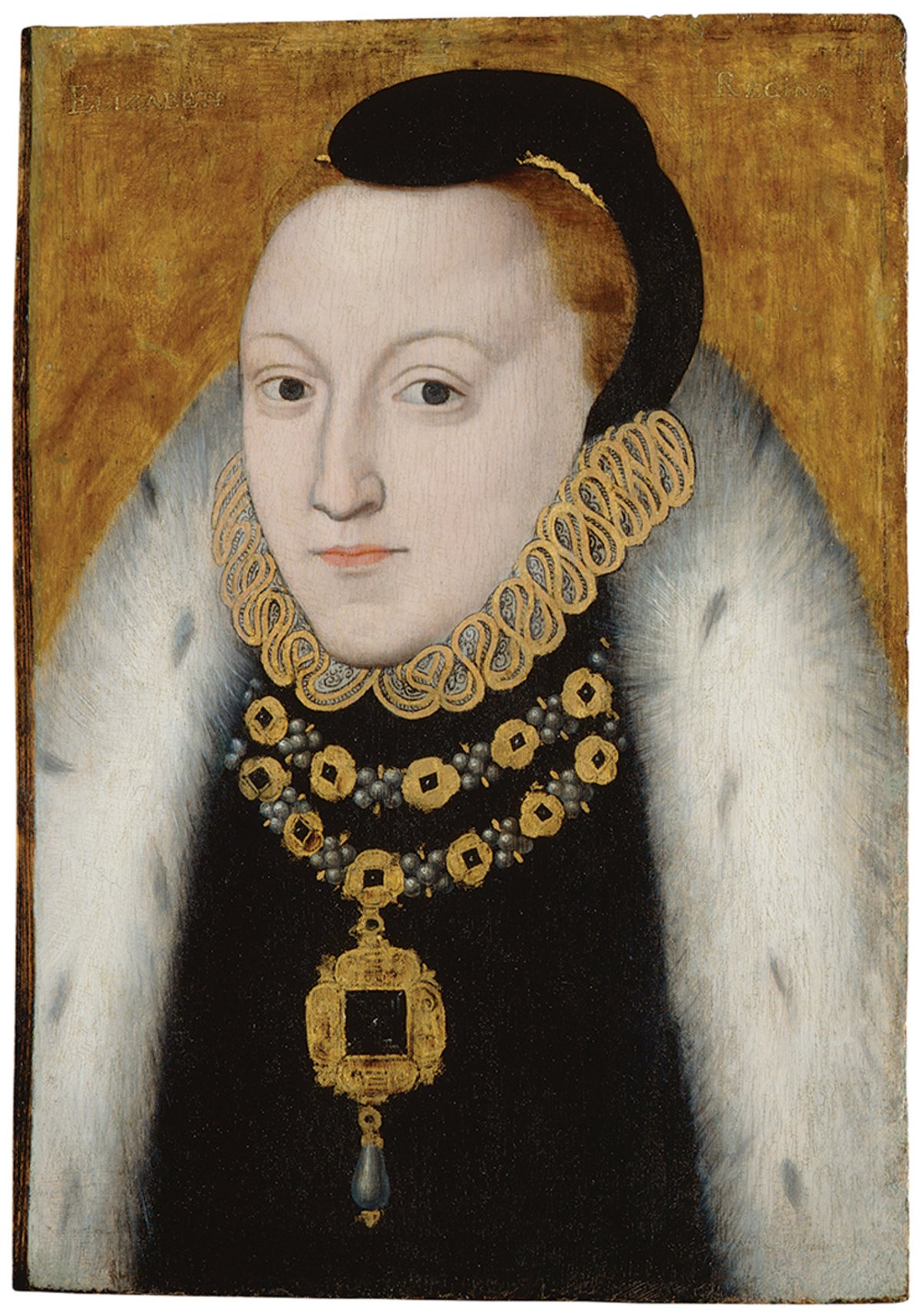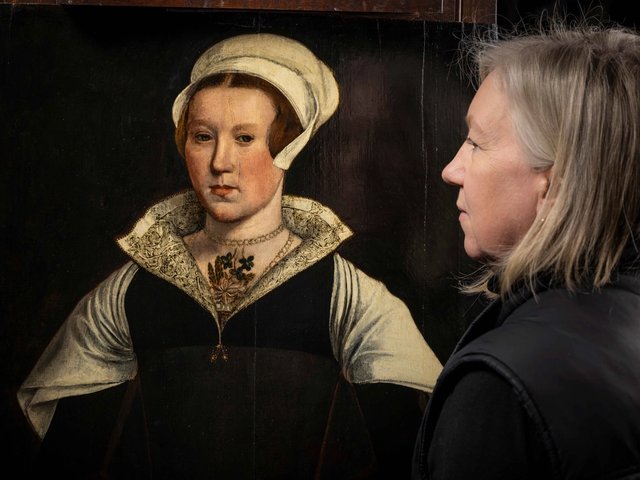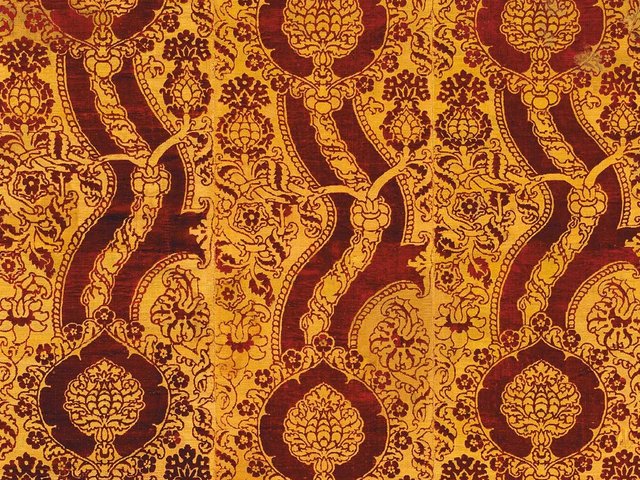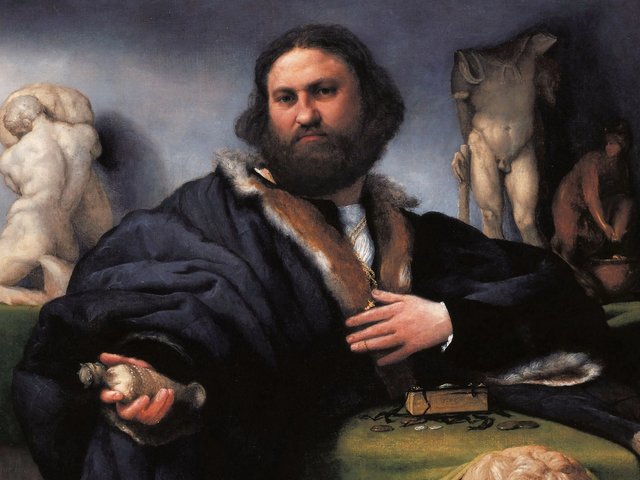Only the dark red hair links the portraits of a pale young woman by an unknown artist from around 1560 and the far more famous image made almost 30 years later of Gloriana in full sail, upholstered in lace, satin, gemstones and silken bows.
Both paintings of Elizabeth I form part of The Tudors: Passion, Power and Politics, an exhibition of portraits at the Holburne Museum in Bath (mostly made up of loans from the closed National Portrait Gallery), charting the reign of the five Tudor monarchs who ruled from 1485 to 1603. The earlier portrait of Elizabeth I is no masterpiece and almost certainly not made from life. Yet the young woman with the high forehead, long narrow nose also seen in portraits of her mother Anne Boleyn and her cousin Mary Queen of Scots, is perhaps an accidentally telling image. She has a faint smile and a wary look in her eyes, a woman who has been a prisoner in the Tower of London and been declared illegitimate twice by her own father and half-brother. She is very alone in her first years as Elizabeth I, with her half siblings, parents and five stepmothers all dead, and with the next threat to her own life coming from any direction.
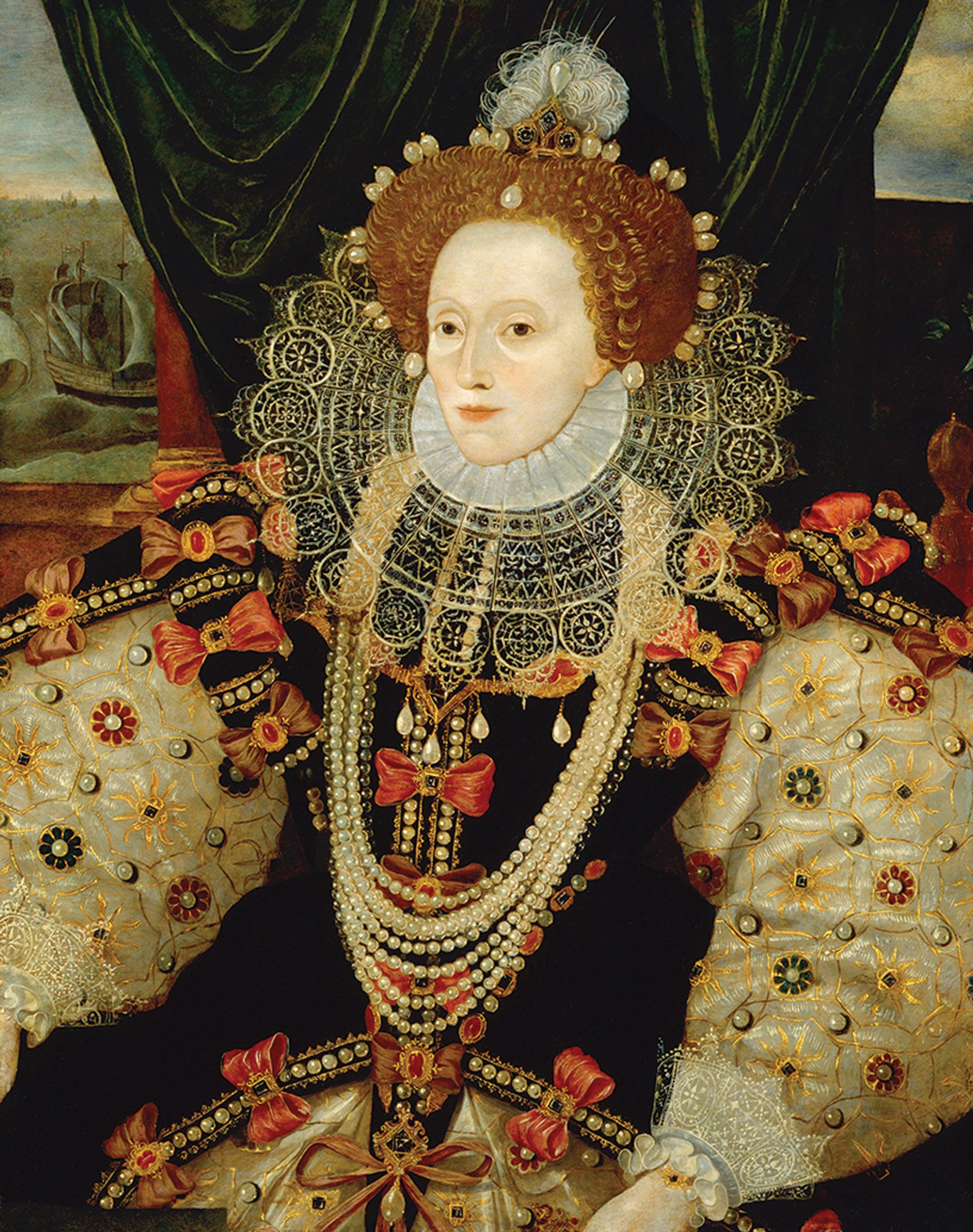
The mature monarch, still alone and childless, in the so-called Armada Portrait (around 1588) weighed down by an extravagant costume with her victorious fleet in the background
© National Portrait Gallery, London
She is still alone and childless in the famous later Armada Portrait (around 1588), weighed down by an eight strand rope of pearls that could serve as a ship’s hawser, her victorious vessels in the background and the Spanish Armada scattered out of sight and into vainglorious English history. This approved image is a mask of status and power in which the real woman, in late middle age by the standards of her day, has become almost invisible.
Catherine de Medici commented waspishly on the earlier portrait that after all she had been assured of Elizabeth’s beauty, “I must declare that she did not have good painters”. The dazzlers among good painters are Hans Holbein—although his court portraits are mostly represented by studio or later copies in the show—and the glittering miniatures of Nicholas Hilliard. Representing the “passion” of the exhibition title is a stodgy portrait that makes it hard to understand Elizabeth’s supposed lifelong bewitchment by Robert Dudley. But do not miss Hilliard’s Sir Walter Raleigh (around 1585), rakishly dressed, sparkling with mischief, eyes glittering for the next adventure in a three-ring circus of a life.
• The Tudors: Passion, Power and Politics, Holburne Museum, Bath, 28 January-8 May; National Museums Liverpool, 21 May-29 August


